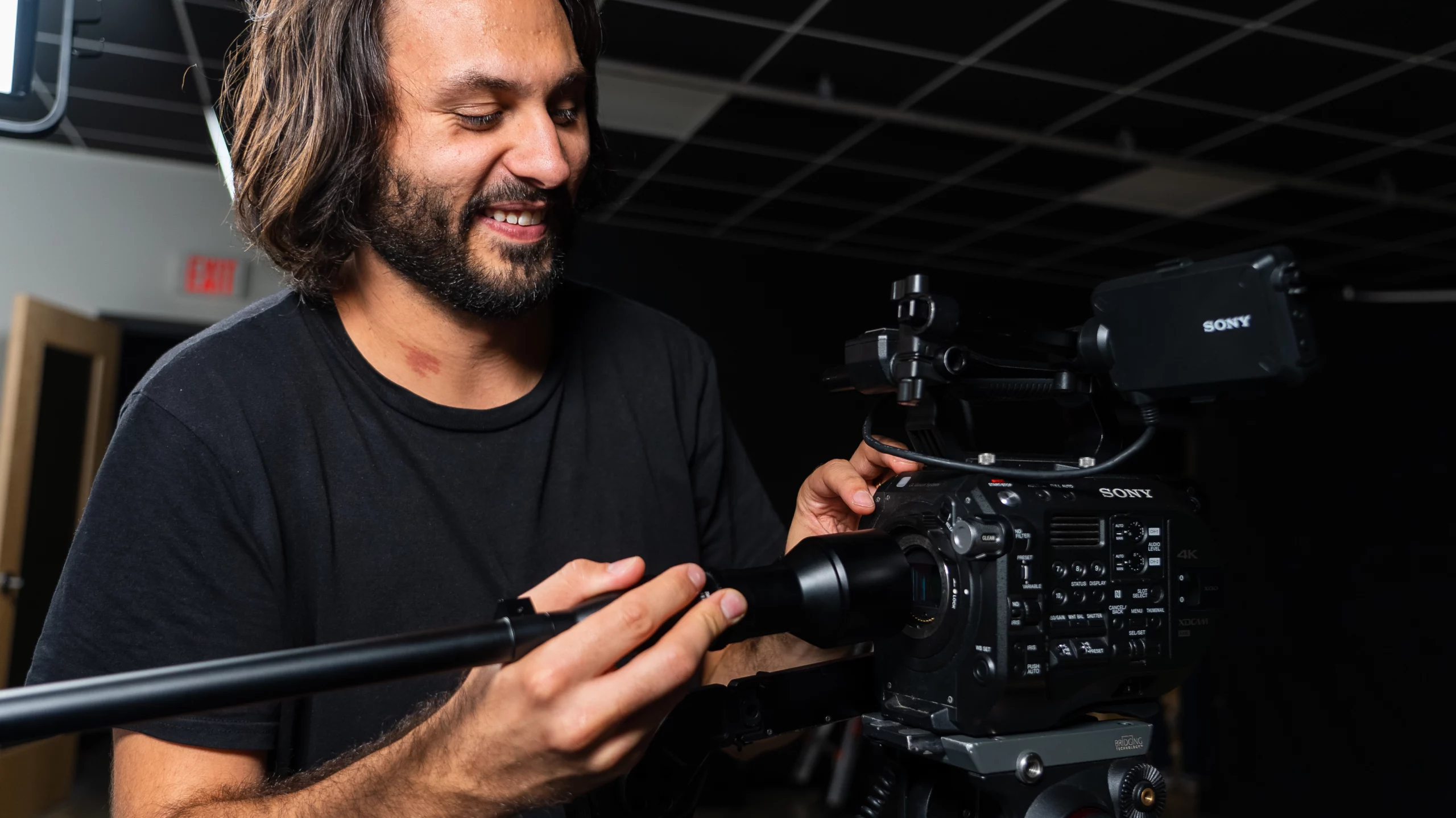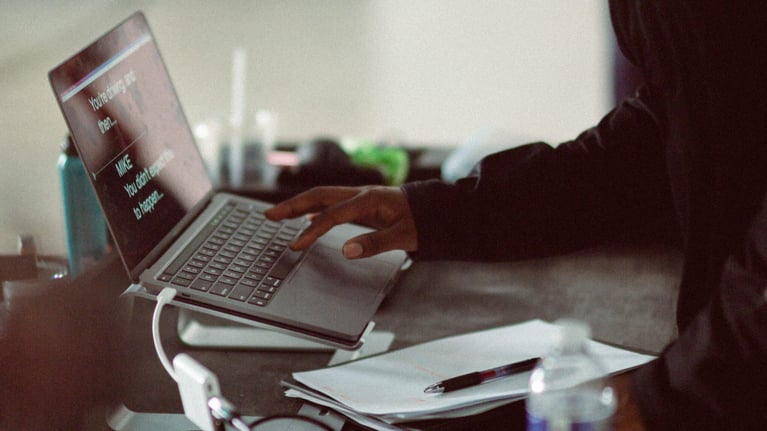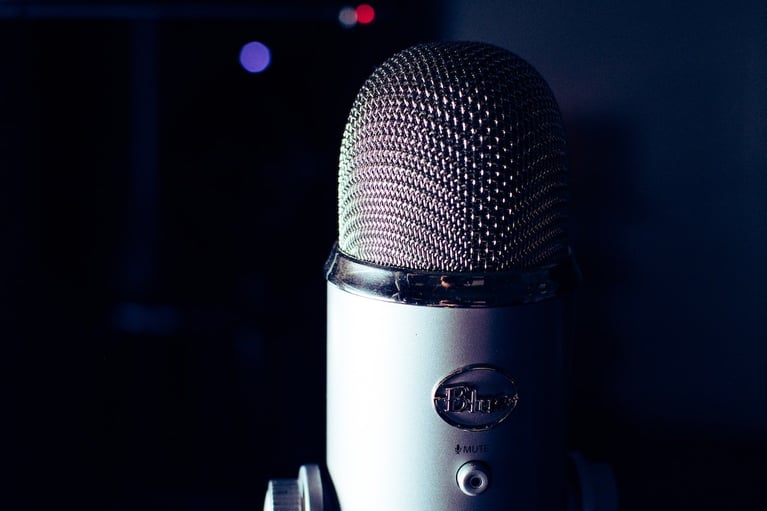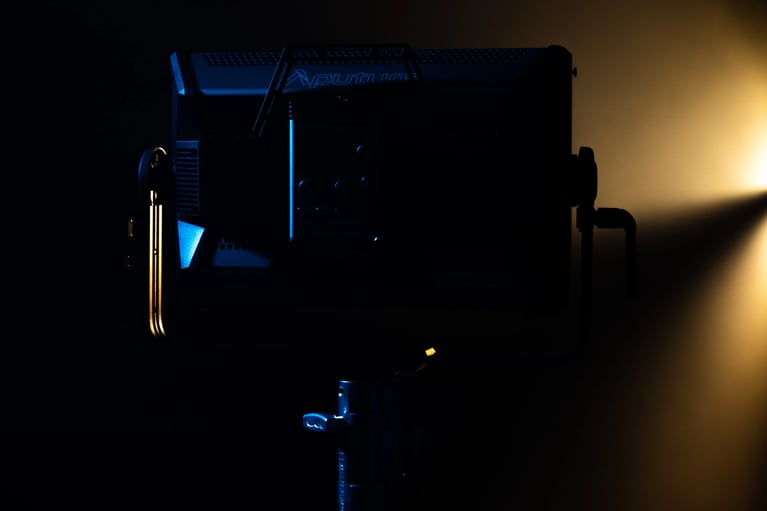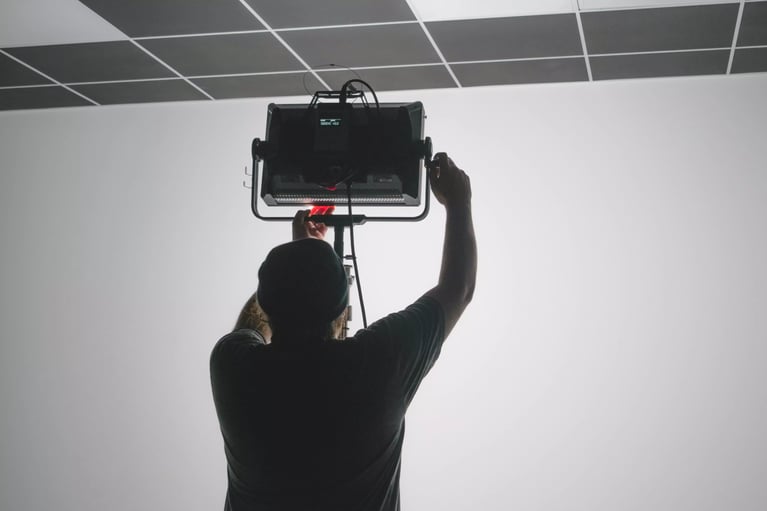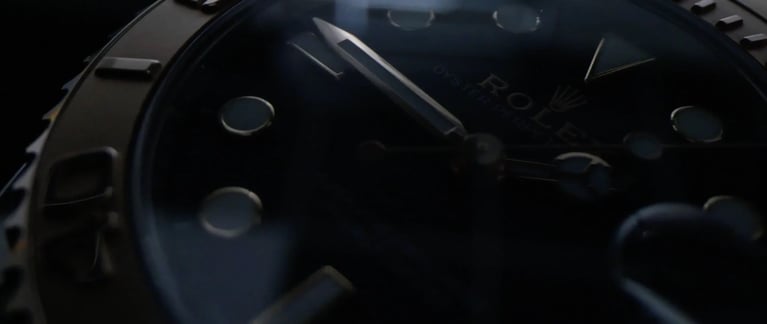The art of filmmaking is an intricate process that involves many different types of shots. Every scene in a film is composed of multiple different types of shots in filmmaking, each with its own purpose and effect. Understanding the different types of shots and how they work together can help filmmakers create powerful and impactful scenes. In this blog post, we will explore the different types of shots in filmmaking and how they make a scene come to life.
long SHOT
A long shot in film is a fundamental cinematographic technique that captures a wide view of a scene or setting from a significant distance. This shot is essential for providing context, establishing the spatial relationships between characters and their environment, and setting the scene's overall atmosphere.
The primary purpose of a long shot is to show the full scope of the surroundings, emphasizing the scale and geography of the location. By placing characters within a broader context, filmmakers can convey a sense of place and scale, whether it's a sprawling landscape, a bustling city street, or an expansive interior.
Long shots also serve narrative purposes by revealing characters' physical relationships and interactions within their environment. This technique allows viewers to observe characters' movements and behavior in relation to their surroundings, providing visual cues that contribute to storytelling and character development.
Moreover, long shots can create dramatic tension or evoke emotions by showing characters in relation to their environment. They can emphasize isolation, vulnerability, or insignificance, depending on how characters are positioned within the frame. Whether it's depicting a lone figure traversing a vast desert or a crowd of people gathering in a grand hall, a long shot enhances the cinematic experience by offering a broader perspective and enriching the visual storytelling.
extreme wide SHOT
An extreme wide shot (EWS) in film is a crucial cinematographic technique that captures an expansive view of the setting, often emphasizing the environment more than the characters. This type of shot is used to establish the scene by providing context and background, helping the audience understand where the action is taking place. By showcasing a broad view of the location, an EWS immerses viewers in the atmosphere, giving them a sense of the scene's scale and grandeur.
One of the key purposes of an extreme wide shot is to highlight the relationship between characters and their surroundings. It can make characters appear small and insignificant compared to the vast landscape, which can convey themes of isolation, vulnerability, or awe. This perspective is particularly effective in genres like adventure, epic, and science fiction, where showcasing breathtaking landscapes, grand cityscapes, or expansive battlefields is essential to the story.
Using an extreme wide shot allows filmmakers to set the tone and scale of the narrative right from the start. It helps viewers appreciate the full scope of the setting, adding depth and visual interest. Whether it's a sweeping desert, a towering mountain range, or a sprawling metropolis, an EWS can create a powerful visual impact that enhances the storytelling and draws the audience into the world of the film.
close-up SHOT
A Close-Up shot is an extreme close-up that emphasizes a person or object in the frame. It helps draw attention to the details, expressions and emotions of a subject and it is often used to emphasize an important moment. Close-up shots can be used to transition between scenes and can also be used to show a character’s reaction to something or someone. Close-up shots are often contrasted with long shots and mid shots, creating a sense of tension, intimacy, or excitement depending on the context. Low-angle shots are often used in combination with close-up shots to create a sense of power or vulnerability.
medium close-up SHOT
A medium close-up shot (MCU) in film is an essential cinematographic technique that focuses on a character's upper body, typically framing from the chest to the top of the head. This shot is used to capture more detail than a medium shot while still including some background context, allowing the audience to connect more intimately with the character. By emphasizing facial expressions and upper body language, an MCU helps convey emotions and reactions with greater clarity.
One of the primary purposes of a medium close-up shot is to balance character intimacy with environmental context. It allows viewers to see the character's emotions and subtle expressions while still providing a sense of the setting. This shot is particularly effective in dialogue scenes, as it can capture the nuances of a conversation and the dynamics between characters without overwhelming the audience with too much visual information.
Using a medium close-up shot enables filmmakers to draw the audience's attention to the character's internal state and reactions. It is a versatile tool for creating a connection between the audience and the character, enhancing the storytelling by making the emotions and interactions more relatable. Whether it's a moment of quiet contemplation, a heartfelt confession, or a tense confrontation, an MCU can significantly impact the narrative by bringing the audience closer to the characters and their experiences.
Insert SHOT
An insert shot in film is a focused cinematographic technique that captures a close-up of a specific detail within a scene, often used to highlight important objects or actions. This shot is sometimes interchangeably used with a cutaway shot, though they serve slightly different purposes. While an insert shot zooms in on an element within the main action, a cutaway shot typically shifts the viewer's attention to something outside the main action.
The primary purpose of an insert shot is to draw the audience's attention to a crucial detail that might otherwise go unnoticed. By isolating and emphasizing this element, the filmmaker can convey significant information, such as a character’s reaction, a critical clue in a mystery, or a meaningful object that adds depth to the narrative.
Insert shots enhance storytelling by providing clarity and focus, ensuring that viewers do not miss key aspects of the plot. They can also create dramatic tension or emphasize the importance of a particular moment. Whether it's a character's hand nervously gripping a doorknob, a close-up of a revealing photograph, or the ticking hands of a clock, an insert shot can significantly impact the viewer’s understanding and emotional response. This technique allows filmmakers to communicate subtle yet vital details, enriching the overall narrative and engaging the audience more deeply.
OVER-the-shoulder SHOT
An over-the-shoulder shot (OTS) in film is a dynamic cinematographic technique that involves framing one character from behind, with the shoulder and back of the head in the foreground, while focusing on another character or object in the background. This shot is primarily used in dialogue scenes to establish the spatial relationship between characters, giving the audience a sense of one character's point of view.
The primary purpose of an over-the-shoulder shot is to enhance the interaction between characters. By showing both the speaker and the listener in the same frame, it helps convey the dynamics of the conversation and the reactions of the characters. This perspective allows viewers to feel more immersed in the exchange, as if they are part of the scene, looking over the shoulder of one character to see the other.
An OTS shot also provides context and continuity in a scene. It can effectively guide the audience’s focus and maintain the flow of conversation without disorienting cuts. Filmmakers use this technique to create a sense of intimacy and connection, emphasizing the relationship and emotional interplay between characters. Whether it’s a tense negotiation, a heartfelt discussion, or a moment of shared understanding, an over-the-shoulder shot can significantly enhance the storytelling by placing the audience right in the middle of the interaction, making the scene more engaging and relatable.
ESTABLISHING SHOT
An establishing shot in film is a wide or extreme wide shot used at the beginning of a scene to provide the audience with context about the location and setting. This shot sets the stage by showing where the subsequent action will take place, offering visual cues about the time of day, geographic location, and overall atmosphere. By doing so, it helps viewers understand the environment and orient themselves within the story. Establishing shots are crucial for transitioning between scenes, as they smoothly introduce new settings and ensures a seamless flow in the narrative.
AERIAL SHOT
An aerial shot in film is a captivating cinematographic technique that involves capturing a scene from a high vantage point, typically using drones, helicopters, or cranes. This shot is primarily used to provide a sweeping view of the landscape, cityscape, or significant action below, giving the audience a bird’s-eye perspective.
The primary purpose of an aerial shot is to establish the grandeur and scope of the setting. By showcasing a broad, often breathtaking view, it helps convey the scale of the environment and the spatial relationships within it. This perspective can make scenes more dramatic and visually appealing, emphasizing the vastness or intricacy of the location.
An aerial shot also serves to enhance storytelling by offering a unique viewpoint that ground-level shots cannot achieve. It can be used to introduce a new setting, highlight key elements within a scene, or provide an overview of a complex action sequence. Filmmakers use this technique to create a sense of awe and wonder, often enhancing the mood and atmosphere of the film. Whether it's capturing the expanse of a sprawling metropolis, the beauty of natural landscapes, or the intensity of large-scale events, an aerial shot adds depth and visual interest, making the narrative more immersive and engaging for the audience.
LOW ANGLE SHOT
A Low Angle Shot is used in filmmaking to create a sense of power, and it can be achieved by placing the camera below the subject and looking up at it. This shot typically gives the impression that the subject is larger than life. It can also be used to emphasize an action scene or draw attention to certain details in a scene. When combined with a Long Shot or Mid Shot, it creates a dramatic effect that can help to set the tone of a film. Additionally, a Low Angle Shot can be used to emphasize the size of an extreme long shot or close-up. By positioning the camera at a low angle, the audience will be presented with an even more grandiose scene than what would be seen from any other angle.
HIGH ANGLE Shot
A High Angle Shot is a type of shot used in filmmaking to create a certain perspective or effect. This shot is taken from an elevated position, usually looking down at the subject from a higher angle. The High Angle Shot is sometimes confused with the Long Shot and the Extreme Long Shot but is distinct from both of those types of shots because of its elevation. It can be used to make the subject look small and powerless or to convey a sense of grandeur and power. It is often used as an establishing shot, or to create a sense of tension between two subjects in a mid-shot or close-up. Low-angle shots are used to convey the opposite message and are often used to make the subject look powerful and important.
The Two Shot
A Two Shot is a filming technique used to capture two people in the same frame. It is commonly used when shooting conversations between two characters, or when both characters are interacting with each other. The Two Shot is usually composed of a combination of a Long Shot and a Mid Shot, or an Extreme Long Shot and a Close-Up. In terms of camera angles, it is usually shot from a Low Angle so that both characters appear in the same frame. The Two Shot allows for both characters to be seen at the same time, providing the viewer with a more personal connection with the scene.All these different camera shots contribute to visual storytelling by allowing us to see stories through unique perspectives. By understanding each type of shot filmmakers can tell complex stories with greater nuance!
if you are looking for a professional video production company to create stunning videos for your business, contact us.

